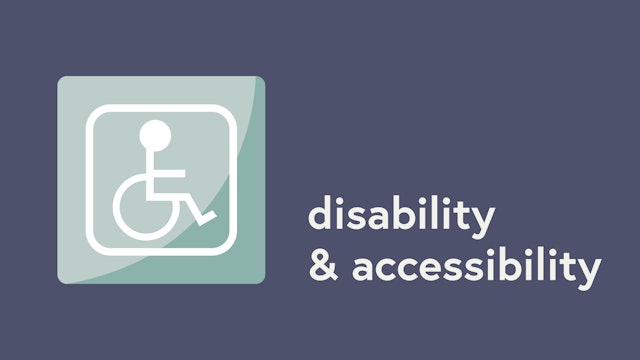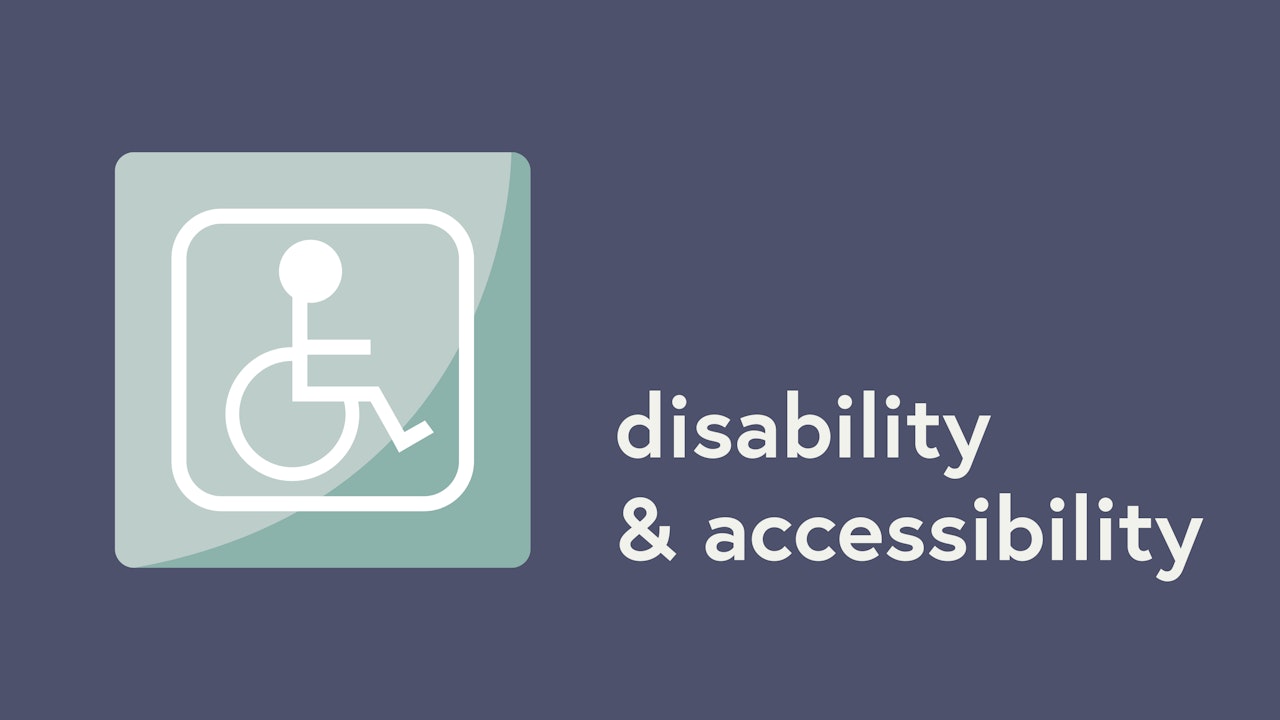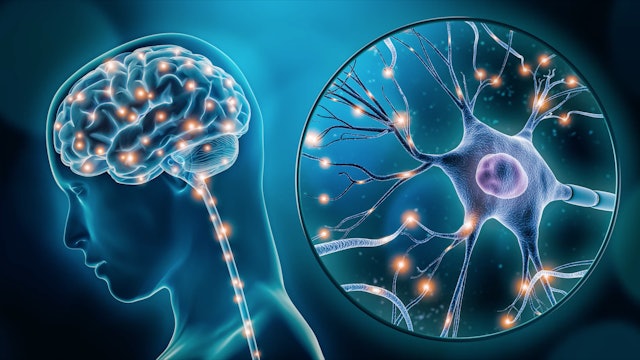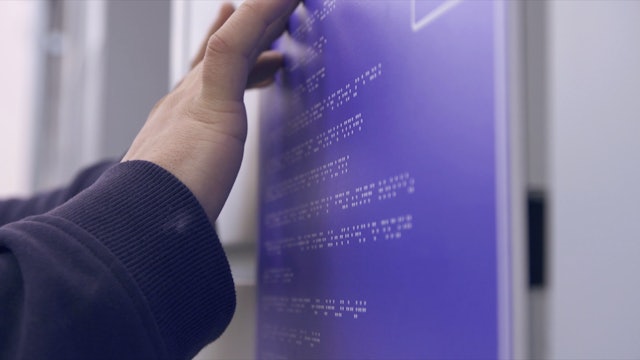-
Legal Protections for People with Intellectual and Developmental Disabilities
Explore how the ADA and EEOC help to protect people with intellectual and developmental disabilities from unfair treatment and workplace discrimination. Examine how the ADA applies to every step of the employment process, including hiring, pay, benefits, promotion, and termination.
-
Best Practices for Respectful Interaction with People with Mobility Disabilities
People with mobility disabilities require a workplace environment that enables them to move safely and freely. Here are some measures you can take to make them feel comfortable and included, so they can do their best work.
-
Best Practices for Interacting with People Who Are Deaf or Hard of Hearing
Respectfully communicating and interacting with people who are Deaf or hard of hearing requires some consideration. Learn best practices for disability etiquette as they pertain to visual communication, lip reading, and sign language translators.
-
Best Practices for Inclusion of People with Invisible Illnesses
Since invisible illnesses can’t be seen by others, they’re often trivialized and ignored. Follow these best practices to provide a safe and respectful work environment for employees with invisible illnesses and conditions.
-
What Is the Real Cost to Accommodate Employees With Disabilities?
Tap into a new talent pool by dispelling the common misconception that hiring people with disabilities is costly and complicated. Examine survey results confirming that organizations benefit in a variety of ways and that needed accommodations are typically no or low cost.
-
What is American Sign Language?
Expand your knowledge of what American Sign Language (ASL) is, and how it differs from spoken languages. Confirm how using an ASL interpreter accommodates people who are Deaf or Hard of Hearing and supports effective team communication.
-
3 Ways to Accommodate Employees on the Autism Spectrum
Sometimes, people who have Autism Spectrum Disorder need accommodations to do their best work. And, sometimes they don’t. Here are three ways you can accommodate and be more inclusive of employees with Autism.
-
What Assistive Technologies Are Available to People with Physical Disabilities?
Get a helpful overview of assistive technologies (AT), such as devices, software programs, and equipment that help people with disabilities and mobility issues. Confirm that the ADA requires all public spaces and businesses to make reasonable physical adaptations to be accessible.
-
What Is Digital Accessibility?
Learn how to make your digital content accessible to people with disabilities. Confirm that the benefits of digital accessibility to your organization go far beyond legal compliance with the Americans with Disabilities Act (ADA).
-
What Is the Disability Employment Gap?
Recognize the most common workplace obstacles faced by the 43 million Americans with disabilities who are currently unemployed. Learn how you can tap into the potential of this underutilized segment of the workforce by creating a supportive and positive environment.
-
What ATs Are Available to People With Cognitive or Learning Disabilities?
Explore how assistive technologies (AT) help people with cognitive and learning disabilities perform at their best. Learn about some of the most popular AT solutions. Confirm that AT accommodations are typically very affordable per employee.
-
What is WCAG (Web Content Accessibility Guidelines)?
Web Content Accessibility Guidelines (WCAG) are a set of standards for digital accessibility that help make sure people with disabilities have access to digital information like websites, images, videos, digital systems, and applications. Here’s a breakdown of the main WCAG specifications.
-
Myths about Autism
Misconceptions about autism can be harmful and damaging to people on the autism spectrum. Let’s discuss a few of the most common myths and the reality that counters them. With the proper understanding and education, we can create a more inclusive world where everyone can do great work.
-
History of Neurodiversity
The brain contains a range of natural cognitive variations, called “neurodiversity,” impacting learning, attention, mood, sociability, and other functions. Organizations should recognize that neurodiversity can be a benefit to productivity, creativity, innovation, collaboration, and diversity of ...
-
What is Mental Health Awareness Month?
Gain a quick overview of the prevalence of mental illness in our society, and therefore your own workforce. Learn how to address a previously taboo topic, raise awareness, and significantly reduce stigma by observing Mental Health Awareness Month in May.
-
How to Become a DOBE (Disability-Owned Business Enterprise), and its Benefits
For business owners who have disabilities, becoming a certified Disability-Owned Enterprise grants access to excellent business and mentoring opportunities that can help level the playing field and bring positive attention to your enterprise.
-
How Can Job Applications Become More Digitally Accessible?
Learn how to make your job applications more digitally accessible, which in turn, makes them more accessible to all people.
-
What is Inclusive Design?
Learn about inclusive design: what it is and how it can be implemented to attract new customers and increase brand loyalty.




















